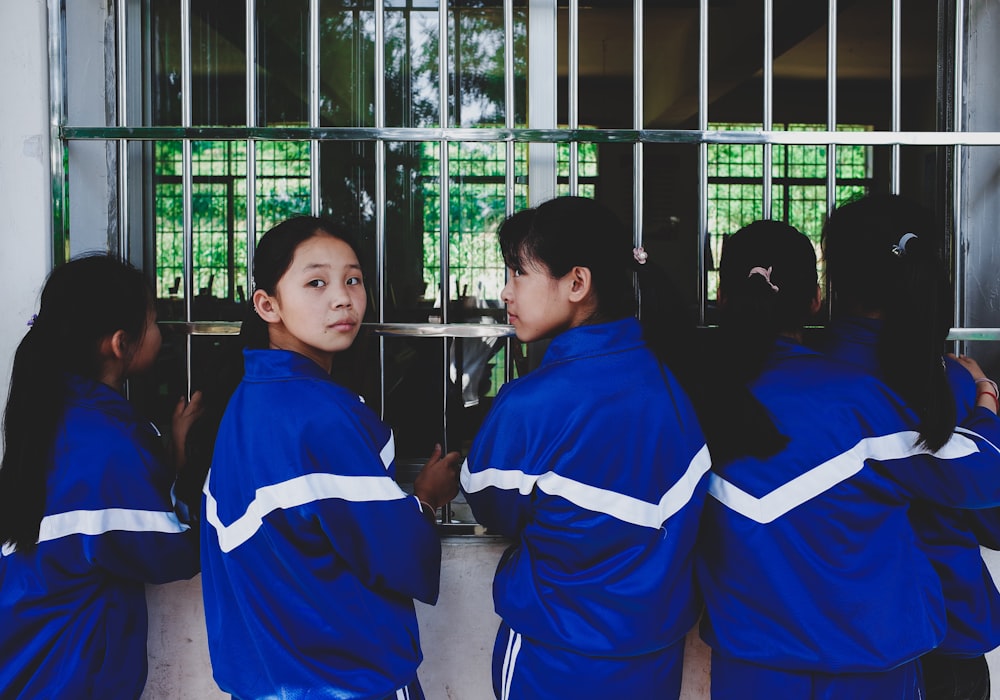Crafting Identity: The Psychology Behind Uniform Designs
In our everyday lives, uniforms surround us. Whether it’s the crisp attire of professionals, the distinctive outfits of service workers, or the standardized garb of students, uniforms play a significant role in shaping our perceptions and identities. Yet, beyond their functional purpose, uniforms also serve as powerful tools for expressing and shaping individual and group identities. Understanding the psychology behind uniform designs unveils the intricate ways in which attire influences behavior, perceptions, and social dynamics.
The Power of Symbolism
Uniforms are laden with symbolism, often representing authority, expertise, or affiliation with a particular group or organization. For example, the crisp suits worn by business professionals convey professionalism and competence, while the distinctive uniforms of law enforcement officers signal authority and trustworthiness. By donning these uniforms, individuals not only adhere to a dress code but also adopt the symbolic meanings associated with them, influencing how they are perceived by others and how they perceive themselves.
Identity Formation
Uniforms play a crucial role in identity formation, both at the individual and group levels. For individuals, wearing a uniform can instill a sense of belonging and pride, reinforcing their affiliation with a particular profession, team, or organization. Additionally, uniforms can help individuals develop a professional identity, shaping their behavior and attitudes to align with the expectations of their role. At the group level, uniforms foster a sense of unity and cohesion among members, promoting teamwork and solidarity.
Impact on Behavior
The attire we wear can significantly impact our behavior and cognition, a phenomenon known as enclothed cognition. Studies have shown that wearing uniforms can influence individuals’ perceptions of themselves and their abilities, affecting their confidence, focus, and performance. For example, athletes who wear team uniforms often report feeling more connected to their teammates and more motivated to perform at their best. Similarly, professionals wearing attire associated with their field may exhibit heightened attention to detail and professionalism in their work.
Social Dynamics
Uniforms also play a crucial role in shaping social dynamics and interactions. They serve as visual cues that help individuals categorize and make sense of others, influencing how they are treated and perceived in social contexts. For instance, individuals wearing uniforms associated with authority may command more respect and deference from others, while those in service roles may be viewed as approachable and helpful. Moreover, uniforms can serve as conversation starters, facilitating interactions and fostering a sense of camaraderie among wearers.
The Intersection of Tradition and Innovation
While uniforms are steeped in tradition and symbolism, they are also subject to evolving trends and innovations. Designers continually seek to balance functionality with aesthetics, incorporating elements that reflect contemporary tastes and preferences while honoring tradition and heritage. From the use of sustainable materials to the integration of technological advancements, uniform designs continue to evolve to meet the changing needs and expectations of wearers.
Conclusion
Uniforms are far more than just clothing; they are powerful symbols that shape our perceptions, identities, and behaviors. By understanding the psychology behind uniform designs, we gain insight into the complex ways in which attire influences individuals and groups in various contexts. From fostering a sense of belonging and pride to influencing social dynamics and interactions, uniforms play a multifaceted role in our lives, reflecting and shaping the values and norms of society. Read more about Uniforms



